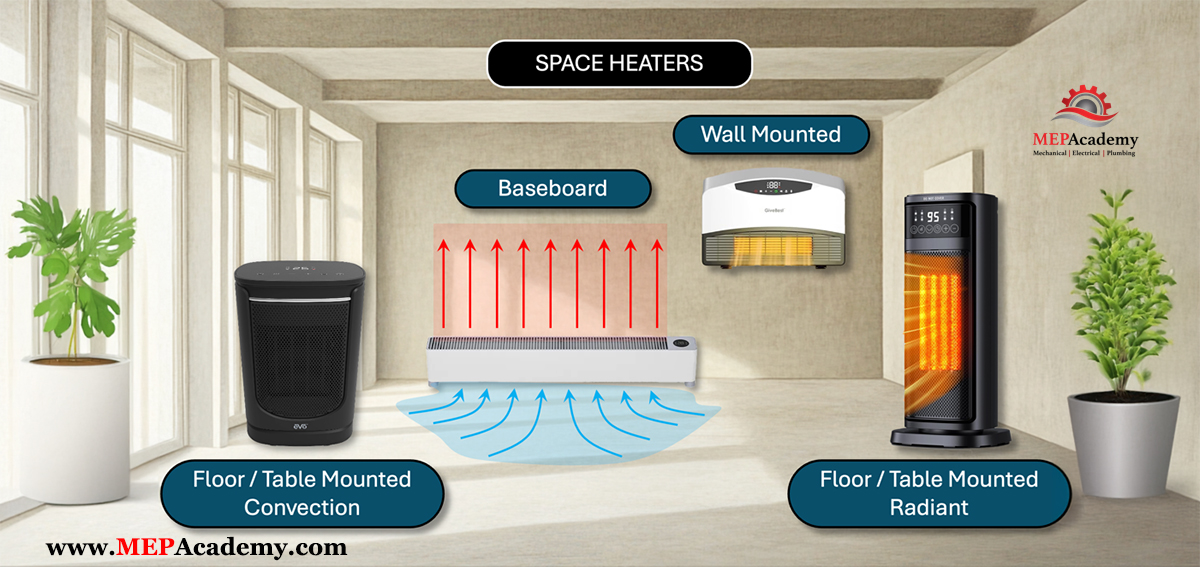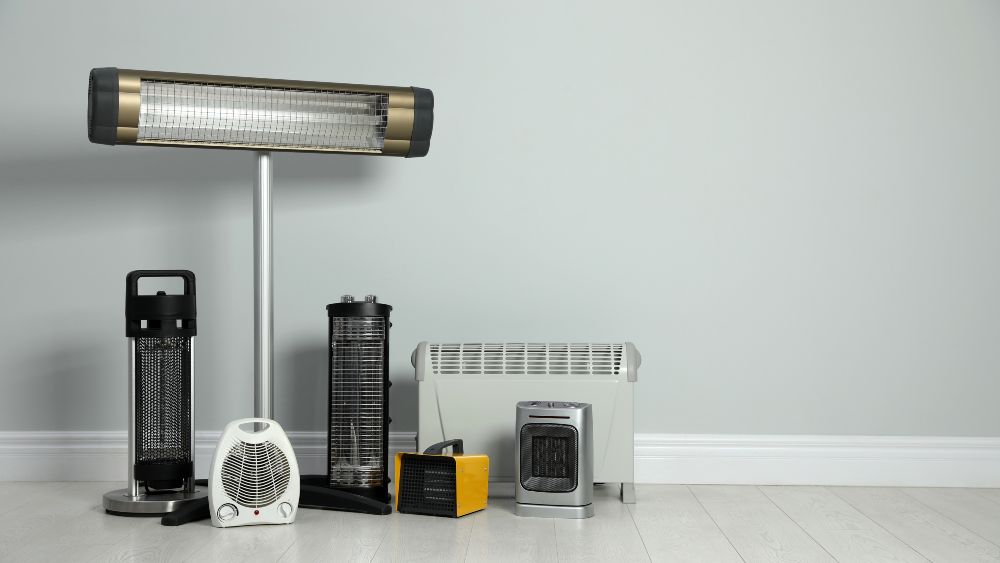The 20-Second Trick For 1 Source Portable Air
The 20-Second Trick For 1 Source Portable Air
Blog Article
1 Source Portable Air - The Facts
Table of ContentsNot known Incorrect Statements About 1 Source Portable Air Rumored Buzz on 1 Source Portable Air1 Source Portable Air - The Facts1 Source Portable Air - An OverviewThe 8-Minute Rule for 1 Source Portable Air
Running expenses are based on an electricity rate of 40c/kWh. The prices for 3 months' usage in winter months are based on 500 hours make use of, or approximately 6 hours daily for 3 months. Optimum heat result is based on the optimum power level of the designs we've examined (we concentrate on greater power level heating systems).
On average, little follower heating systems are much less expensive to purchase, yet can have greater running costs. Oil column heating systems will be the most affordable on the market to run (on standard) but only by a slim margin in advance of convection heating units (like panel and micathermic panels).
An Unbiased View of 1 Source Portable Air
If you have a relatively easy to fix ceiling follower, it'll aid distribute the warm around the space much more evenly. A number of pricey heaters have actually stopped working to excite our testers, while some less expensive designs make for surprisingly excellent buys.
As the name recommends, they radiate heat from a heated heating element (so the family will need to take turns being in front of it). There are floor and wall-mounted versions readily available. Glowing heating systems are reasonably affordable. They have a cosy radiance and individual warming effect, like resting in front of a fire.
Glowing heating units typically set you back between $20 and $200. Oil-filled column heaters do not in fact shed oil they make use of power to heat up the oil that's sealed inside their columns or 'fins'.
1 Source Portable Air Things To Know Before You Get This
Some column heaters aren't even oil-filled yet rather make use of various other product or heating technology to work the very same means - 1 Source Portable Air. The threat of fire with an oil column heater is low contrasted to various other heating unit types, but never ever no. Oil heating systems don't have revealed components like radiant heaters do, and their surface area temperature is lower than numerous other heating unit types (their huge area offsets it)
Oil column heating systems won't take off, and while they don't burn their oil to create warm, it's still flammable, so there is a fire danger if the oil leaks, if the heating system topple and leakages, or if combustible objects or textile enter into get in touch with or fall on the heater. You should work out the exact same degree of caution with oil heating systems when it comes to other heating unit types, and never ever hang towels or clothing over one to dry them make use of a drying rack instead, at the very least one metre away.
Column heaters are especially beneficial in rooms where they'll be switched on for extended periods of time or where they'll run neglected, such as overnight in a room. additional hints The surfaces you're likely to discuss a column heater do not obtain as hot as various other types of electrical heating units. You can use a ceiling follower on very low rate to help the column heater to disperse the heat much faster and much more evenly.
Oil-filled column heaters typically check my blog set you back in between $50 and $450. Convection and panel heating systems draw cool air over an electric home heating component.
Top Guidelines Of 1 Source Portable Air

Convection and panel heating systems are extra mobile than their oil-filled column heater counterparts because they're substantially lighter. Like a column heater, you can use a ceiling follower on extremely low rate to distribute the warmth much faster and extra uniformly.

Excitement About 1 Source Portable Air
Follower heaters are often smaller sized and more portable than various other electric heating units. They also are available in the form of tower fan heating units, which can be much better for distributing warm around bigger spaces because of their taller account. They can heat the air in an area much more quickly, equally and rapidly than a few other heater types.
Fan heating systems (ceramic or otherwise) generally cost in between $60 and $900. Ceramic follower heating systems aren't always any kind of different in price to non-ceramic versions.
Report this page